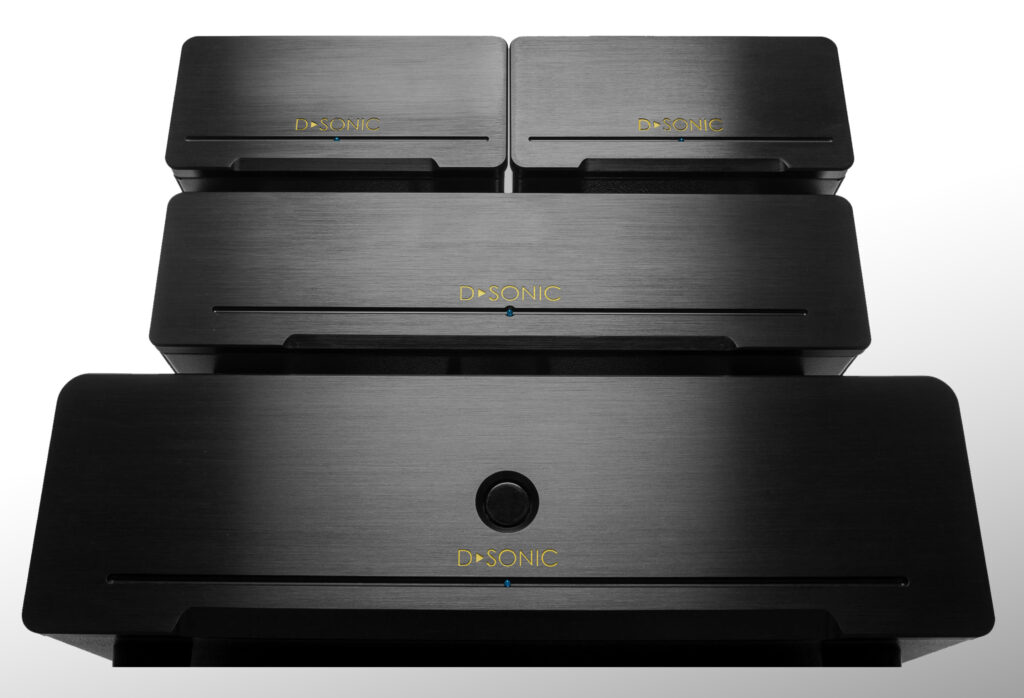

WELCOME TO THE FAMILY
General Features
|
 |
TOO MUCH POWER?
Watts— can you have too many, especially if they are accurate and musical? It is better and safer to have too many instead of not enough.
400, 800 or even 1500 watts into 8 ohms might sound excessive for some systems, but for most, they are generally a solid plus. 1500 watts can pressurize a large room with inefficient speakers. What’s dangerous is the opposite. Too few watts can damage your speakers and sound very bad long before they reach that level. Clarity is the goal regardless of sound pressure level (SPL).
Speakers are somewhat self regulating. Put too many watts into them and they play so loud you’ll naturally turn the level down well before the onset of trouble. Almost all speakers are capable of dynamic peaks far higher than their rated wattage since they are of short duration.
Under-powering a loudspeaker is where we risk clipping. Clipping the audio signal means we have exceeded an amplifier’s ability to reproduce loud passages. When this occurs the amp’s output signal wave is now flattened at its peak creating a burst of transient energy that is damaging to tweeters and midrange drivers.
Lower powered tube amplifiers tend to clip gracefully because they do not have the energy or bandwidth to produce a driver-threatening peak, but they will never reproduce the visceral dynamics of wide range, exciting source material. The leading edge of a high amplitude sound wave can require many thousands of watts for a few milliseconds to reproduce this sense of realism. I prefer the sonic ease and added headroom of stronger amps to the weakened potential of low-powered units.
The added headroom, increase in linearity, effortless presentation and freedom from potential damage an oversized amplifier presents to your speakers is generally always the best way to go when assembling a first-rate system.
 Search
Search
 Cart
Cart
 Log in
Log in
